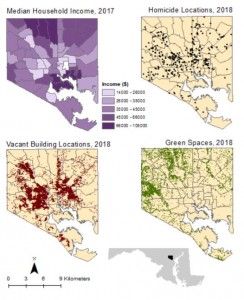This article’s main argument is that government public data should be available in an organized, easy to use and find manner for the general public and third-party organizations. I agree with the article’s general argument; the government should have the appropriate infrastructure to provide public data in a reusable and universal format.
The article points out that oftentimes the government does not keep up with the fast evolution of technology and web capabilities that emerge. This article was published in 2009, now in 2019, similar issues are still at play. In my own personal experience, this is still the case in the Canadian Government. There have been big steps taken within the Canadian Government to modernize and make use of the wide variety of tools available for data analysis and visualization for internal and external use.
A point important to highlight is that despite data being accessible, third-party organizations and citizens interested in creating web products to analyze and better understand the data being used to inform policy and regulation decisions, do not have all of the data required to see the full picture. In the case of the Government of Canada, data is split into three different categories, public and open data; protected data (Protected A, Protected B, and Protected C); and classified data (Confidential, Secret, and Top Secret). All of this data is used at different levels of government to make decisions – data that due to security and privacy is not accessible to the public.
I believe that along with making data easily accessible to the public, it is also the responsibility of the government to deliver a quality web product for the public to view the data in the way the government used it. This still allows for third-party organizations to create different ways to view the same data.
